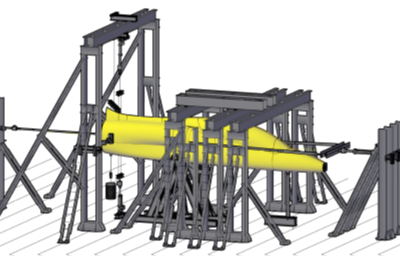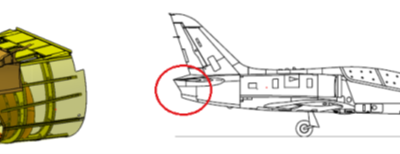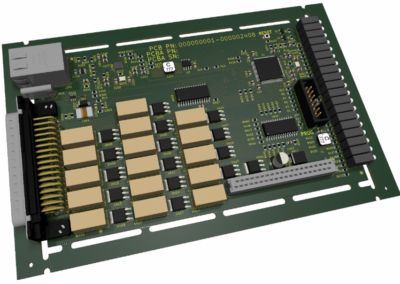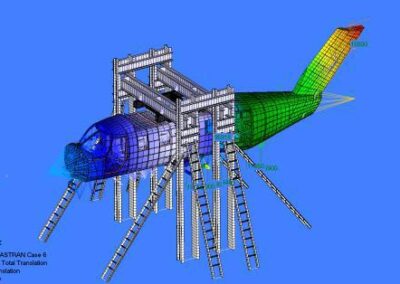Project Title: Application of graphene based materials in aeronautical structures
Project Description:
To improve aircraft efficiency and to decrease fuel consumption and CO2 emissions innovative light weight polymer composite materials with superior mechanical properties for advanced aircraft structures are in development. As a goal such new lightweight materials should also enable advanced integration of additional functionalities. Current functional aircraft components are designed separately and integrated afterwards. A future advanced integrative manufacturing approach is leading to fewer but also more complex parts with multiple functions resulting in better energy management, aerodynamic efficiency, and additional weight reduction. State-of-the-art systems consist of metal or composite structural aircraft components coated with polymers containing a high amount of graphite and carbon black particles to enable sufficient electrical conductivity required for efficient de-icing applications. The high amount of non-polymer particles deteriorates the advantageous mechanical properties of high strength polymers making such systems unsuitable for an integrative approach. To realise a future integrative approach structural components can be modified by graphene additives in order to improve electrical and thermal conductivity, toughness/damage tolerance and the formation of an efficient vapor/liquid barrier. It is therefore promising to investigate and develop graphene materials-based composites for their potential use in thermoelectrical de-icing, lightning strike protection, fire and water barrier systems with the ultimate goal of reaching higher integrated components. Depending on modification and structure of graphene material there is a potential to enhance mechanical properties.
The main objective of the GRAPHICING project is to ensure sufficient electrical and thermal conductivity, fire retardancy and water impermeability of the resulting polymer composite with minimized GRM additions. Properties of composites can further be optimized by adapting the appropriate composition of GRMs, by optimizing their covalent modification and ion doping. Expected primary impact is the availability of advanced multifunctional materials for more competitive aircraft components with higher integration capability and lower weight resulting in less fuel consumption and less CO2 emission.
The work plan of the proposed research has been established according to the topic description instructions. The GRAPHICING project is structured in seven technical work packages (WP1 to WP7), covering the whole development process of graphene material based for aeronautical applications from the feasibility study until the fabrication and testing of a sub-scale component integrating the realized technology. WP1 as a feasibility study provides possible solutions, that will be realized in WP2 to WP5. The work packages WP2 to WP5 will develop the desired materials and functionalities separately. In WP6 the multifunctionality based on the different applications will be developed. Material properties investigations (e.g. compatibility study, mechanical examination, corrosion testing etc.) will be carried out in WP7. A work package is devoted to dissemination and communication activities and to management activities (WP8).
VZLU AEROSPACE is responsible for material characterization including testing, test matrix developing, data analysis, and non-destructive testing.

ID CODE: 886376
Call reference No: H2020-CS2-CFP10-2019-01
Project Period: 1.7.2020 – 28.2.2023
Project Participants:
- CEST – Competence Centre for Electrochemical Surface Technology, Wiener Neustadt, Austria
- Villinger GmbH, Mieders, Austria
- VZLU AEROSPACE
Topic Manager:
- Leonardo S.p.A., Rome, Italy
Web:
https://cordis.europa.eu/project/id/886376





